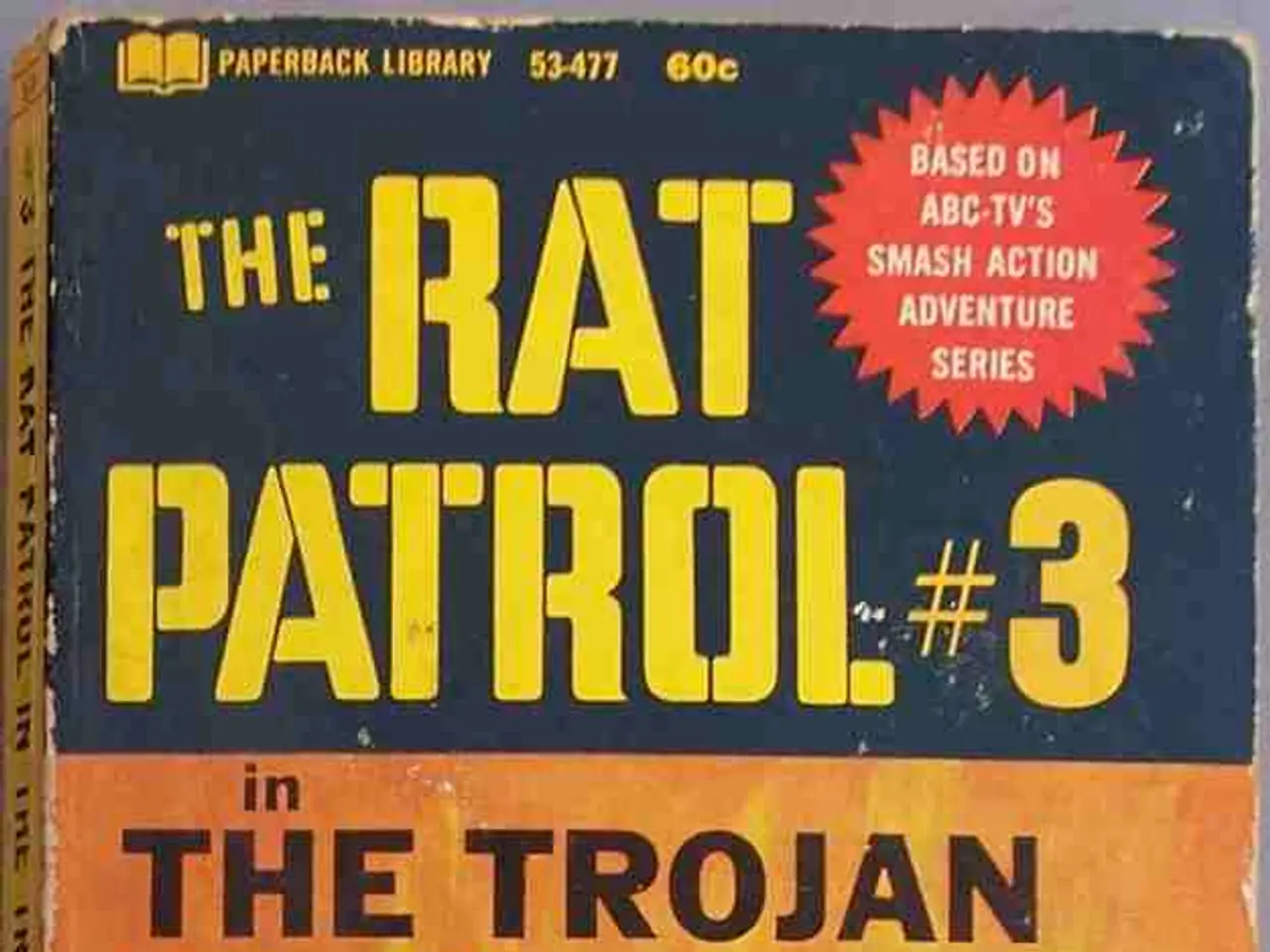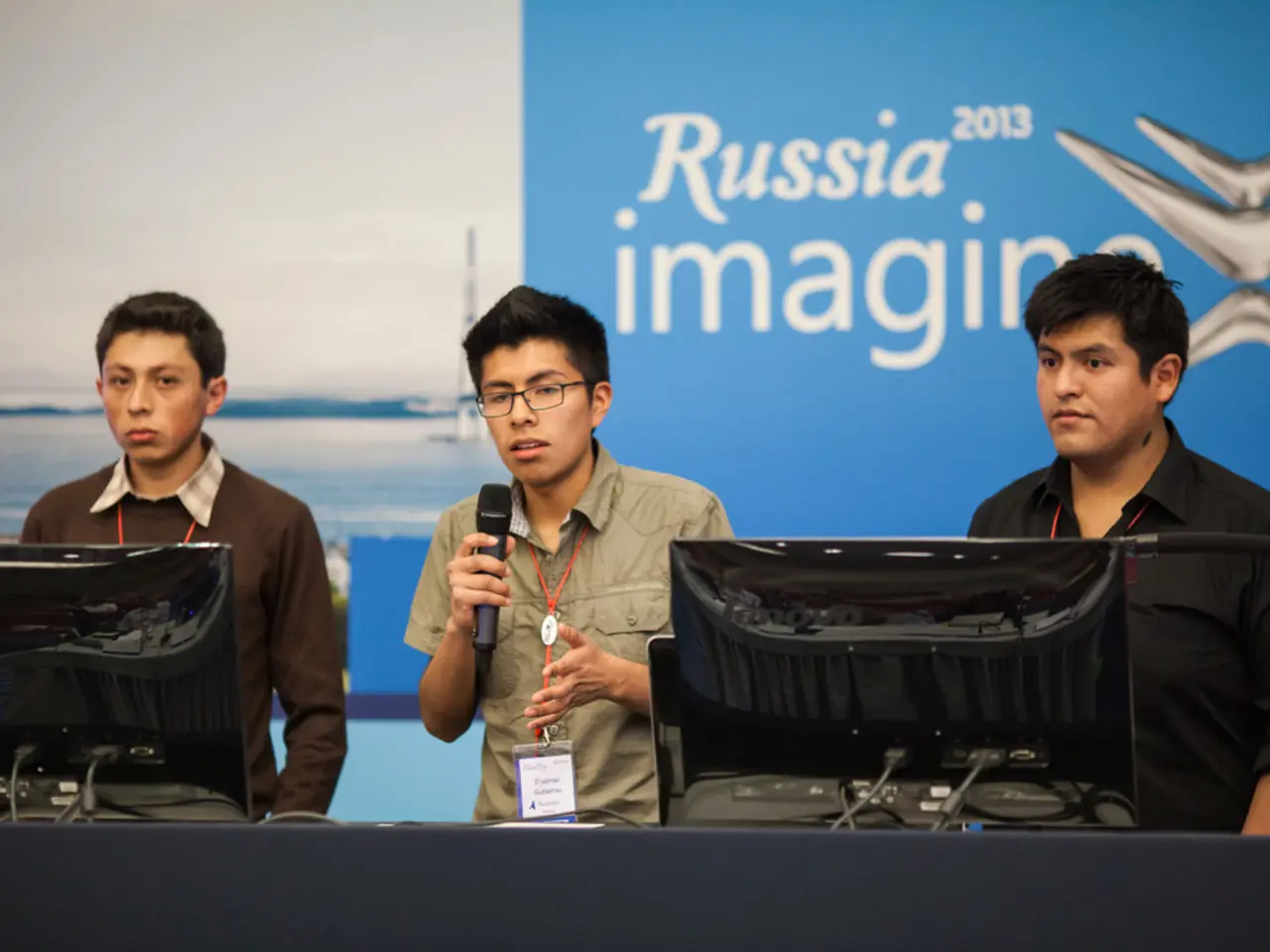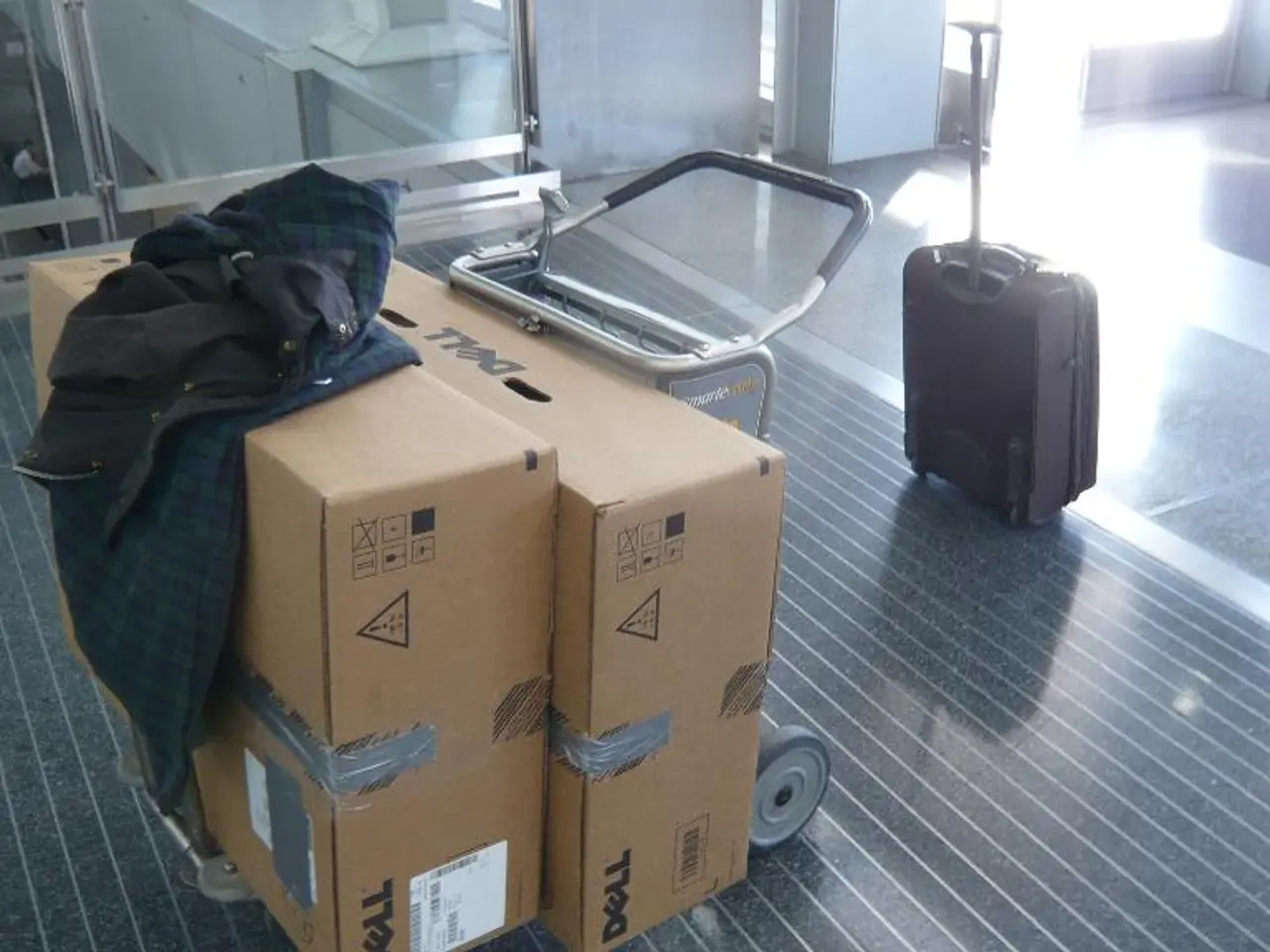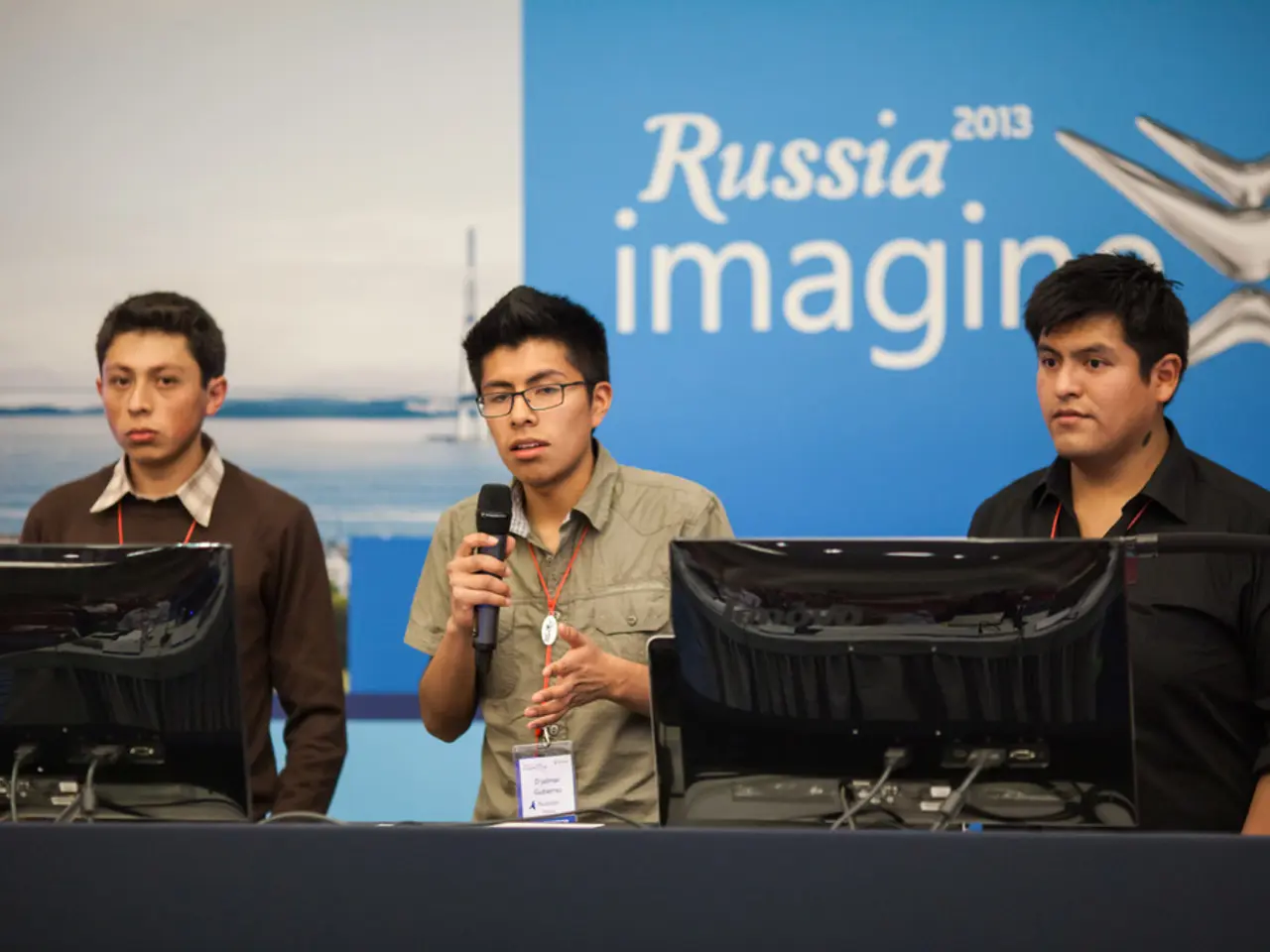Trump's designated representative, Kellogg, embarks on a journey to Ukraine at 23:54
In the ongoing conflict between Ukraine and Russia, the Ukrainian army has employed a unique strategy that has significantly impacted the battlefield – the use of drones. This tactic, combining affordable interceptor drones with precision attacking drone swarms, has proven to be a game-changer in the conflict.
The Ukrainian forces have been deploying relatively inexpensive drones, capable of speeds up to 330 km/h, to intercept and destroy Russian kamikaze drones such as the Shahed series before they reach their targets. This cost-effective method counteracts the large numbers of Russian drones, engaging them at altitude where surface-to-air missiles (SAMs) would be excessive and expensive.
In addition, Ukrainian forces have skillfully used large numbers of small drones to strike Russian frontline positions such as tanks, artillery, and trenches, as well as deep target infrastructure inside Russia, including airfields and factories. For example, Operation Cobweb in June 2025 reportedly damaged around twenty Russian military aircraft in coordinated drone attacks on multiple Russian airbases.
Ukraine emphasizes war gamification to optimize drone operations, with teams competing to maximize strike efficiency. The country also employs marine drones armed with missiles to harass Russia’s Black Sea fleet and reportedly destroy Russian helicopters and fighter jets.
However, Russian forces have developed extensive counter-drone (C-UAS) defenses incorporating electronic warfare, infantry tactics, short-range air defenses, and hardening of infrastructure. These countermeasures reduce the effectiveness of many Ukrainian drone attacks and constrain the ability to concentrate large drone strikes precisely. The introduction of faster, jet-powered Russian Shahed-238 drones that fly faster and higher than earlier propeller-driven models also complicates Ukraine’s defense efforts, often forcing reliance on expensive SAMs.
Despite these challenges, Ukrainian drones account for a major share (about 70%) of confirmed Russian losses in personnel and equipment, significantly augmenting Ukraine’s defensive and offensive capability. However, sustaining traditional firepower alongside drone warfare remains essential to offset Russian air defenses.
Meanwhile, on the diplomatic front, US President Donald Trump is sending his special envoy Steve Witkoff to Russia, a move that has been met with skepticism in Ukraine. The Kremlin has also warned Trump to exercise caution in his nuclear rhetoric after he announced the deployment of two American nuclear submarines.
This news comes as the US special envoy Keith Kellogg is expected to arrive in Ukraine towards the end of the week, where he is scheduled to meet with President Volodymyr Selenskyj. The visit of these high-profile diplomats indicates a renewed international interest in the conflict, and a potential shift in the geopolitical landscape.
As the conflict continues, the Ukrainian army's drone strategy remains a crucial factor in the ongoing battle, demonstrating the evolving nature of modern warfare and the adaptability of both sides in the face of new threats.
- The community policy within Ukraine should address the increasing use of drones in warfare, considering their impact on employment policy, especially in the technology sector, due to the growing demand for drone production and maintenance.
- The escalating use of drones in the Ukrainian-Russian conflict has become a general-news topic in politics, shifting international focus towards employment policies that can accommodate the burgeoning drone technology market and its potential implications on geopolitical landscapes.





